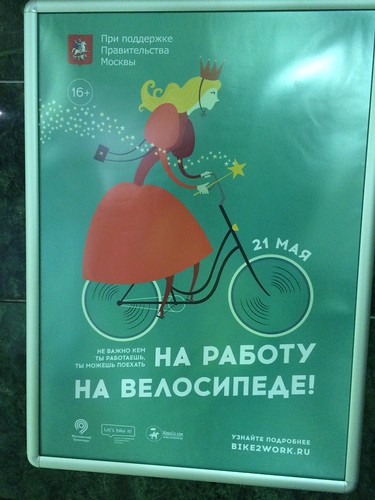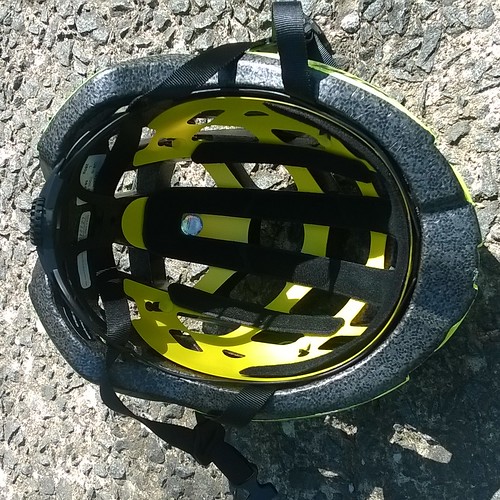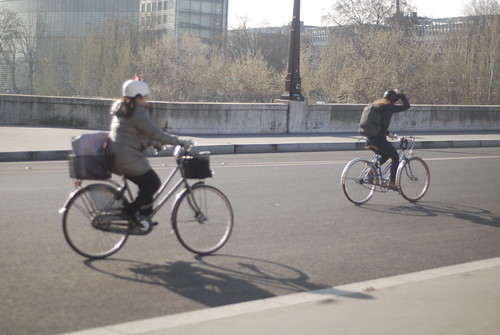
Why don't I want to ride this (or some other) bike to work tomorrow?
OK, I guess I'm kind of a grouch, or something. My thought is that since I ride all the other work days, I can take this day off, not just from riding a bike to work, but take the day off from work altogether. The effort of bike advocates to identify a day when good weather can be assured seems to me to miss the point, which is that bike commuting isn't a big deal; no need to wait for perfect weather.
Whatever.

Apparently this was the last time I rode to work on Bike to Work day, in 2011
If we look at the above photograph, maybe another problem I have with Bike to Work day is that it is an opportunity to encounter a bike traffic jam. Gee, uhm, yeah no.
Now don't get me wrong - I am glad to see more people cycling, and riding in a line like this that might be going more slowly than I otherwise would enjoy is fine too, but the kind of overnight increase in the number of cyclists on some of these trails demonstrates immediately that the existing cycling infrastructure is not all it should be if biking to work is supposed to be a serious alternative (and not a one day celebration). Much of the Mount Vernon trail, shown above, is not wide enough to support the kind of heavy use it gets on Bike to Work day. Where are the pedestrians supposed to go?

Even the Russians have bike2work day, as evidenced by this poster from last year - this year, same day as here in America!
Another reason why Bike to Work day annoy me is that it is an excuse for the Washington Post to publish more dumb stories about bicycling. Like this one, Biking to work is great. If you can put up with the cars. And the weather. This listicle complains about taxis and cars passing too closely, then moves on to complain that you might get wet, "Riding a bike in wet conditions can too often make people feel like they’ve been returned to a time when they tottered around in soggy diapers." Generally this is baloney - if you ride a bike with fenders, it is amazing how rarely the weather is sufficiently downpour-ish that you get wet-wet. I've been doing this for 15+ years. Really, it isn't that big a problem. "Soggy diapers" - is a reference like that what attracts clicks?
The front page of the Washington Post weekend section on Friday had an illustration showing cyclists around the Lincoln Memorial and a few pedestrians with no cars at all. A caption reads, "A capital idea: forget Metro, ditch the car and start pedaling - Washington on two wheels." Framing the discussion this way is a bit dim - for most people it is an unrealistic idea to make a complete changeover to cycling. I get that the Metro problems present what seems like an opportunity to encourage more cycling, but if we could just get people to make one in ten of their trips usually made by car using a bicycle, that would be grand.

People in cars, myself included, don't seem to need "super fun events" in order to decide to use them









